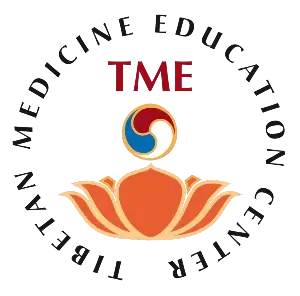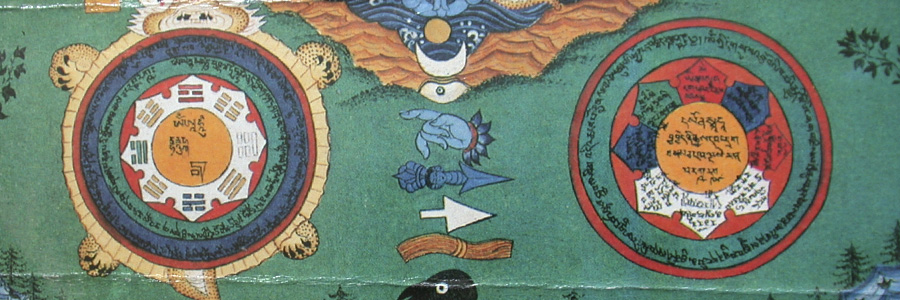Tibetan Astrology
The Tibetan New Year

The Tibetan people have three New Year celebrations related to agricultural, official, and spiritual purposes, and each is based on two astrological systems linked to the lunar calendar.
The first New Year’s Day, called Shingpé Losar or farmers’ New Year, falls on the first day of the eleventh Tibetan month, which is in mid-December on the western calendar. This month and day both belong to the Tiger sign and have the energy of the Wood element, carrying the breath of the spring season. This tradition is based on elemental astrology (jungtsi) and is mainly celebrated by Tibetan farmers and people from Himalayan areas, such as Ladakhis, Nepali Tamang and Sherpas, and Bhutanese. It is said that the Tibetan historical literatures recorded that the new year was set up by the Tibetan king Tri Ralpachen (806-841AD) to deceive Chinese military strategy and win the war against China.
The second New Year’s Day is celebrated on the first day of the first month of the Tibetan year. Generally, this New Year falls between the end of February and middle of March on the western calendar. This is the public and official Tibetan royal New Year’s Day, celebrated not only by all Tibetan societies but also in Tibetan Medicine. It is considered as the beginning of the spring season.
The third New Year’s Day has Buddhist spiritual origins, and is based on Kalachakra astrology. It is not popular and generally not celebrated by common people, but astrologers keep this old calendar tradition which starts on the third month of the Tibetan year (around April on the western calendar), when Buddha expounded the Kalachakra tantra.
Tibetan astrologers have combined all these calendars into one almanac to be able to use each calendar system without conflict and confusion. Astrological practice is indeed an essential supplement to better understand the complete system of the gross and subtle body, and of the seasonal psycho-humoral functioning of the body-mind. This is why astrology continues to play an important role in many aspects of Tibetan society.



